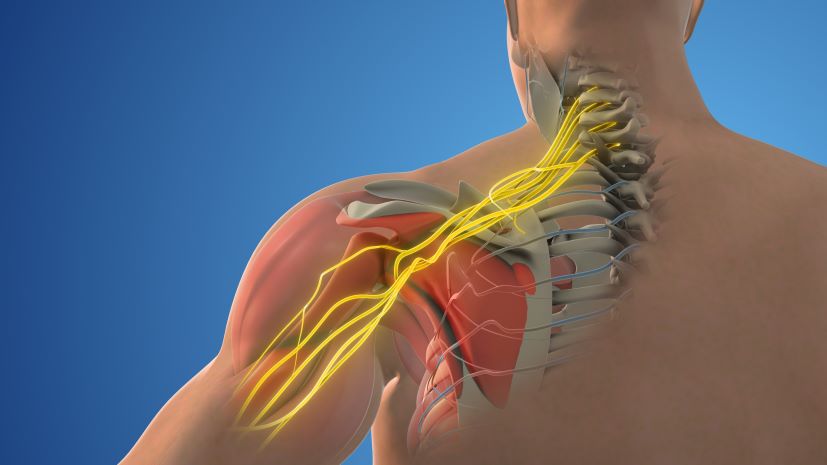The study compared birth defect rates and the distances women lived from sources of fine particulate pollution (PM2.5), based on data from 57 U.S. Environmental Protection Agency monitoring stations located throughout Ohio. Detailed results were published online in December 2017, in The Journal of Pediatrics.
Overall, the increased risk was modest. The strongest influences of PM2.5 on individual malformations were found with abdominal wall defects and hypospadias.
“The most susceptible time of exposure appears to be the one month before and after conception,” says senior author Emily DeFranco, DO, MS, an environmental health expert based at Cincinnati Children’s and the University of Cincinnati College of Medicine. “Public health efforts should continue to highlight the importance of minimizing population-level exposure to harmful particulate matter in the air.”








